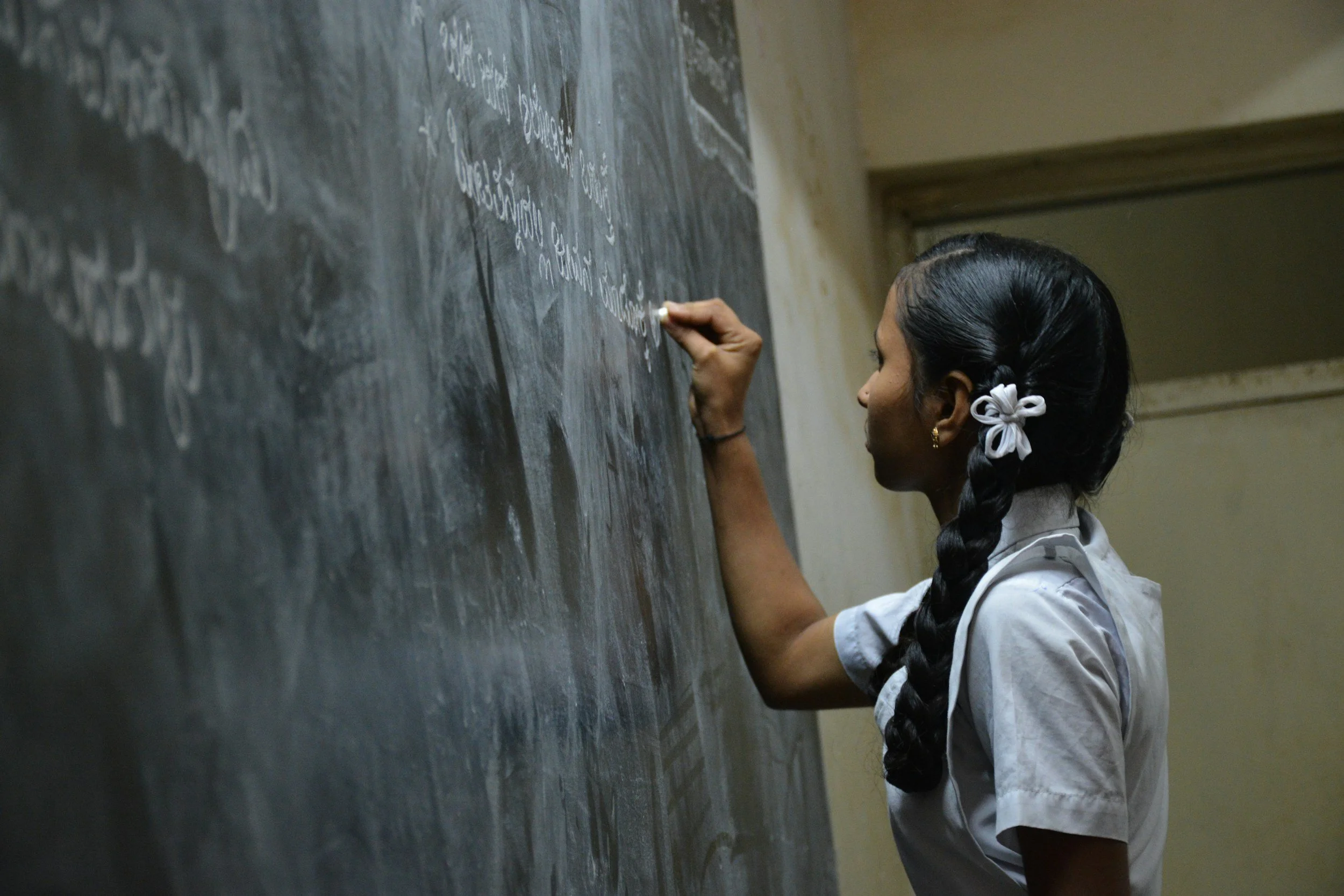By: Caroline Arkalji
As the ongoing U.S.-China trade tensions reshape global supply chains, India has emerged as a key player in the worldwide manufacturing arena. Since 2023, it has attracted over $16 billion in new manufacturing investments, with companies seeking stable, lower-cost production bases away from China as part of the “China+1” policy. However, Southeast Asian countries such as Thailand, Indonesia, and Vietnam remain the destination of choice. While India is globally recognized for its highly skilled engineering talent, it lags behind its peers in terms of a large, technically trained labor force needed to attract manufacturing investment at scale. To compete, India must align its technical education more closely with industry needs and emphasize skills critical to modern manufacturing. There are lessons to be derived from what Brazil has done over the last several decades.
India and Brazil have much to gain by learning from each other's technical education systems. The countries employ two different but complementary approaches to building a skilled workforce. India's Industrial Training Institutes (ITIs) receive funding from state and private sector contributions. At the same time, Brazil's Sistema S, which includes the National Service for Industrial Training (SENAI) and the Social Service of Industrial and Commercial Training (SESI), is supported by mandatory private-sector investments. As two large federal countries with a high degree of regional disparity, there are similar challenges of coordination across national, state, and industry categories to align the training with local job market demands. Brazil's manufacturing industry now employs over 9.7 million workers and accounts for 20.4% of formal education in the country.
Brazil's experience offers some practical lessons for India. Through SENAI and SESI, Brazil has built a strong, industry-driven vocational educational model that trains over 2.5 million Brazilians annually through employer-aligned programs tailored to market needs. Their success lies in their curriculum and structure quality: technical and vocational training courses are developed in close consultation with sector-specific companies, ensuring workers are equipped with the high standards of modern manufacturing. Through hands-on training, final year internships, and apprenticeships in an industry setting, Brazilian graduates are ready to meet the market demands and drive industrial growth.
By contrast, India's vocational education system remains fragmented, and a societal bias favoring traditional academic paths over technical skills has contributed to a significant skills gap. Around 4.5% of youth between 15-29 years of age are enrolled in technical programs, of which around half are employable, mainly due to discrepancies between skills taught and industry needs. Many programs lack industry ties, frequently not requiring practical training in their curriculum. Strengthening the industry-academia partnerships is crucial to bridging the gap in India's vocational education system. States like West Bengal have introduced skill-based training in 2,000 schools, but challenges remain in establishing industry-academia linkages. However, Karnataka's collaboration with Toyota Kirloskar Motor showcases the potential of strategic partnerships to improve training quality and cultivate methodologies conducive to the industrial culture. India must foster continuous learning, strengthen industry partnerships, and invest in upskilling and reskilling initiatives to address these gaps. Without these efforts, India's vocational education system will struggle to meet the demands of the evolving job market.
Another fundamental element of Brazil's vocational education success is the emphasis on STEM subjects, which India has not fully integrated yet. Brazil's strong commitment to STEM, backed by a well-established network of schools and research institutes, has propelled progress in its industry. SESI has implemented this approach for over a decade across 390 schools nationwide, benefiting over 198,000 students, with subjects like robotics playing a key role in enhancing critical thinking and practical skills. While India has made significant strides in STEM education, challenges remain, including the disparities between urban and rural areas as rural communities lack access to modern resources and infrastructure, and gender inequality persists with only 35% of STEM students being female despite efforts to promote diversity. This gap leads to a smaller, unevenly skilled workforce.
The stakes are high for India as it seeks to position itself as the new factory for the world, gaining an edge over China amid shifting U.S.-China trade dynamics and rising tariffs. Yet, a challenge stands: its workforce is not yet fully prepared for the demands of high-value manufacturing industries. Can India seize the opportunity to reform its vocational education system and close the manufacturing gap with China? Brazil's successful vocational education model, which closely aligns training with industry needs, offers valuable lessons for India to bridge the skills gap. By strengthening industry-academia partnerships, prioritizing STEM education, and supporting policy, India can better equip its workforce for the future.
Caroline Arkalji is a Research Assistant for the Global Economics & Development and Energy & Climate Policy programs at ORF America.

